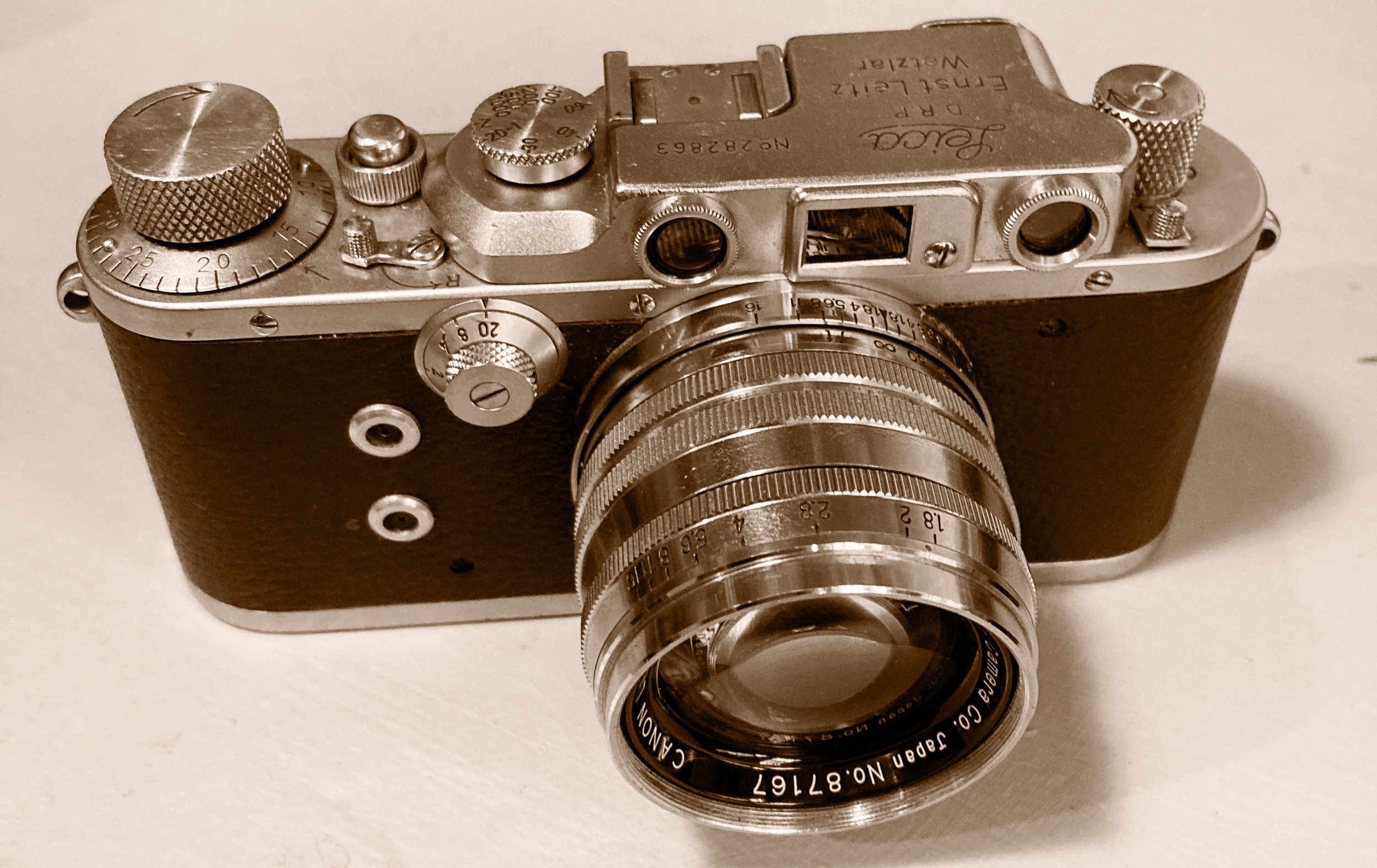
Once upon a Leica …
Sometimes love takes its time.
As a kid my dad gave me a Kodak Instamatic and told me when I could impress him with my pictures he would buy me something better. I couldn’t wait to be rid of that horrible separate viewfinder and get a ‘proper camera’ which in the early seventies meant a single lens reflex - so I could see through the lens like the pros. Old rangefinder cameras were for my father’s generation, and as for those expensive German Leicas, surely they were for camera snobs and gear fanatics, not real ‘photo artists’. So I carved a career in photography using the single lens reflex … but the Leica was patient, it waited till I grew up …
I’m not sure why I bought my 1938 Leica iiib: was curiosity to see what all the fuss was about, or admiration for all the photographic ‘greats’ like Cartier Bresson or Robert Capa who used the Leica. I really don’t know, but for a shade under £300 I became a Leica owner … and I ‘got it’ as soon as I picked up the tiny but solid chunk of German perfection. I was utterly smitten.
Back when I was a kid there was a Pentax advert that said ‘Get hold of a Pentax and it will get hold of you’. My own version of this is get hold of a Barnack Leica and it will change you.
The portrait magic of the 90mm Elmar
The second cheapest Leica lens you can buy is the 90mm f4 Elmar (the cheapest is the 135mm) yet is also one that produces stunning images … they have a smoothness and delicacy that modern lenses can’t match.
right: available light at full open aperture on my 1939 Elmar.
Colour with a pre war lens …
My 1939 Summitar was never really designed to shoot colour film. It has no corrective coatings or modern computer design, yet it paints with wonderful saturation and exuberance (Fuji 400 colour negative film processed by me).







